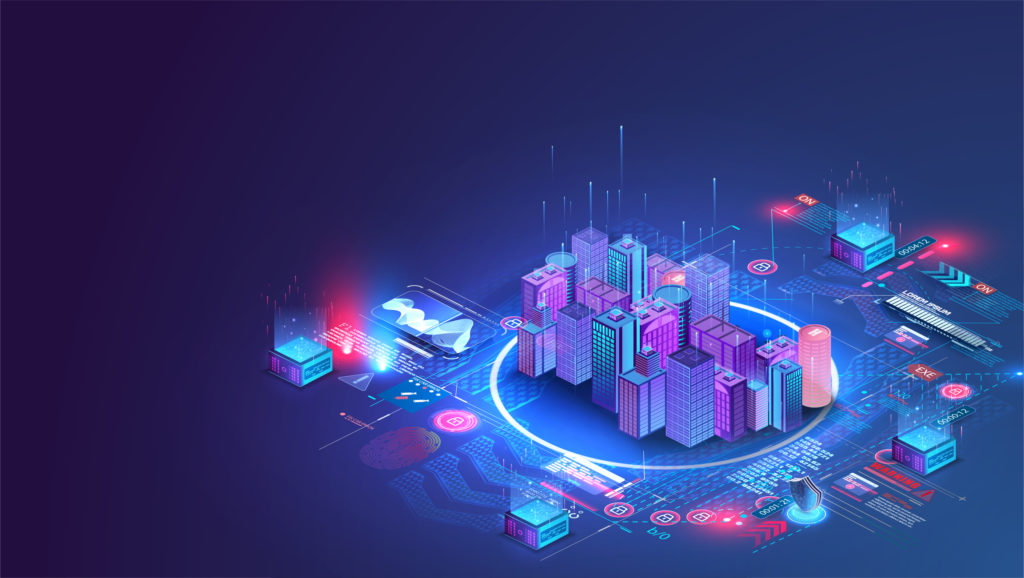The Internet of Vehicles (IoV) will revolutionize the way people get from Point A to Point B. It’s predicted that by 2020, 75% of the world’s cars will be connected to the internet, and according to some analysts, the self-driving car market will pass one million vehicles by 2035. The irony, though, is that the Internet itself could be a roadblock to making IoV a reality.
Like any other Internet application, IoV would rely on massive datacenters to migrate, replicate and store data. The challenge is that today’s large data centers have to charge cloud providers fees to do this, and supporting a complex and dynamic vehicular grid could lead to astronomical fees for those providers – not to mention poor service performance.
Recently published IEEE research, however, suggests one way around this could be transforming roadside sensors such as traffic light cameras and pressure radars into their own miniature data centers. In other words, they find a way to create a unique vehicular cloud using existing infrastructure.
Studies on vehicular clouds are nothing new, but the problem is they’d all theoretically require building new networking architectures from scratch, which could take many years. As an alternative, the researchers explore piecing together a more realistic and cost-effective operational backbone by employing open software-defined networking (SDN) via these existing roadside units, called RSUs.
In their study, the team proposes a high-level architecture for how RSU clouds can be accomplished, represented with the figure below.

The team created their own RSU cloud and conducted a comprehensive reconfiguration overhead analysis to make sure it could optimally meet changing service demands.
From a business perspective, the idea is that internet providers would invest directly into bringing SDN capabilities to the streets. As such, they could develop a pay-as-you-go model and avoid upfront data center fees, reducing capital expenditures. Rather than completely replace large datacenters, RSU microdatacenters would work to complement them.
“This is all technically possible today,” said Dr. Mohammad Ali Salahuddin, lead researcher. “There exists plenty of equipment and standard protocol to help set up the microdatacenters with low overhead. This is important because while the Internet of Vehicles promises plenty of lofty consumer benefits, its commercialization depends on how profitable it will be to cloud service providers.”
Of course, consumer benefits are still present and crucial to the equation. Without having to migrate data to a large, faraway data center, the RSU microdatacenter can avoid lag times and respond quicker to shifts in demand. And improved computational performance means safer and more convenient driving for both traditional and autonomous cars. For example, with the datacenter so close to its source, a car could better process and react to environmental information to avoid a blind spot, slow down at a light, or warn of poor road conditions ahead.
Further down the road, there could be a vehicular cloud not only enabled by RSUs, but by the actual vehicles; The University of Michigan has just received a large grant to test moving, onboard cloud service units.
But for now, Salahuddin and his team stay grounded by working on improving load-balancing techniques for the roadside structures.
Read more about the Internet of Vehicles and vehicular cloud on IEEE Xplore.





